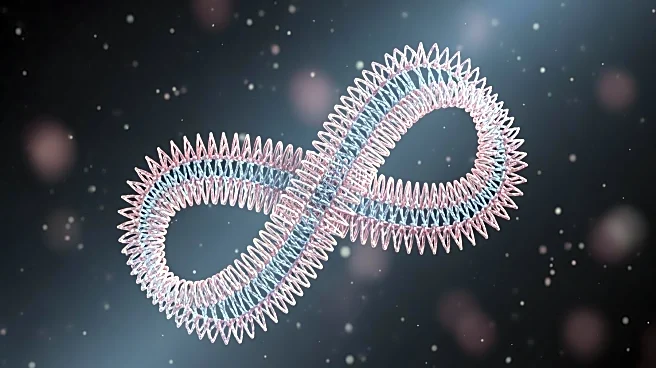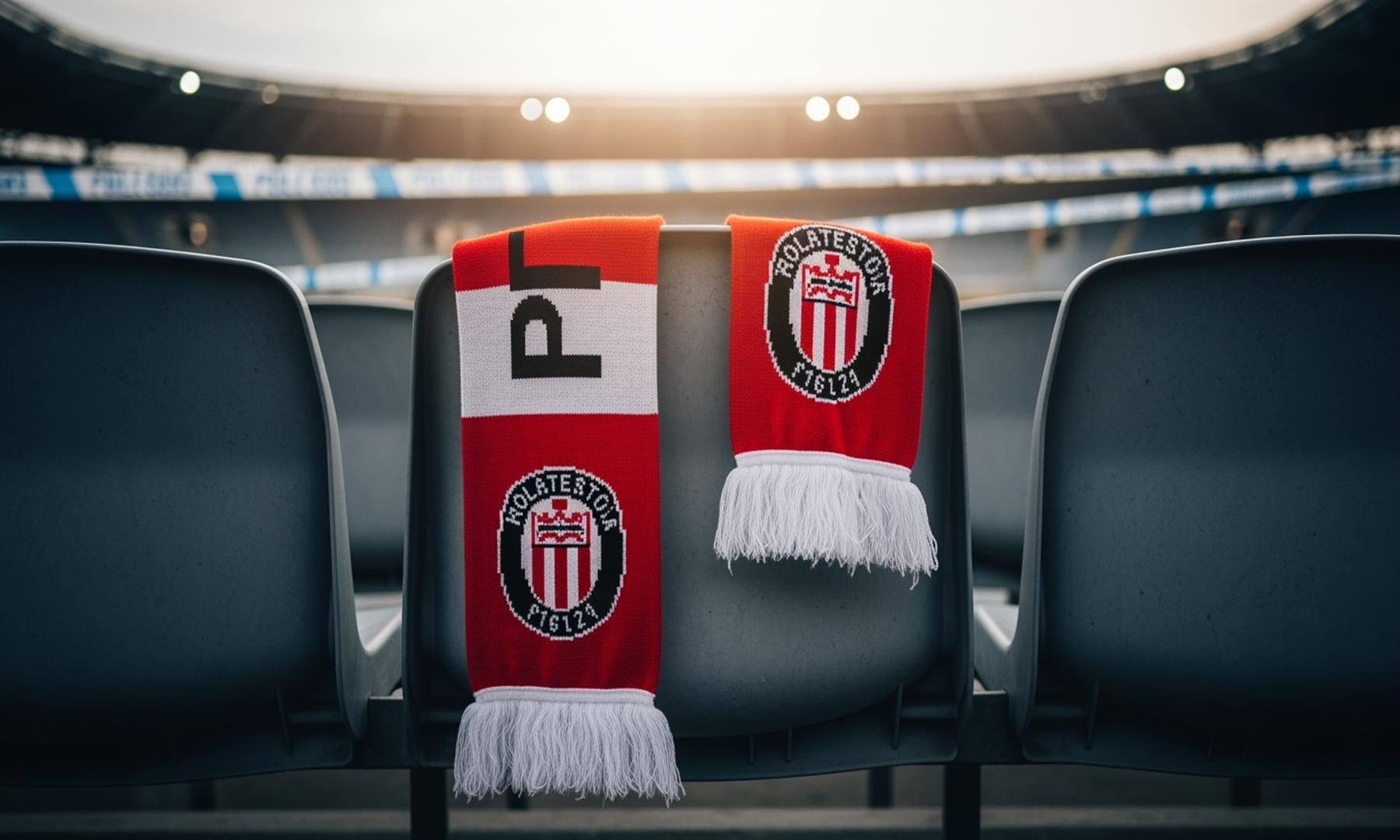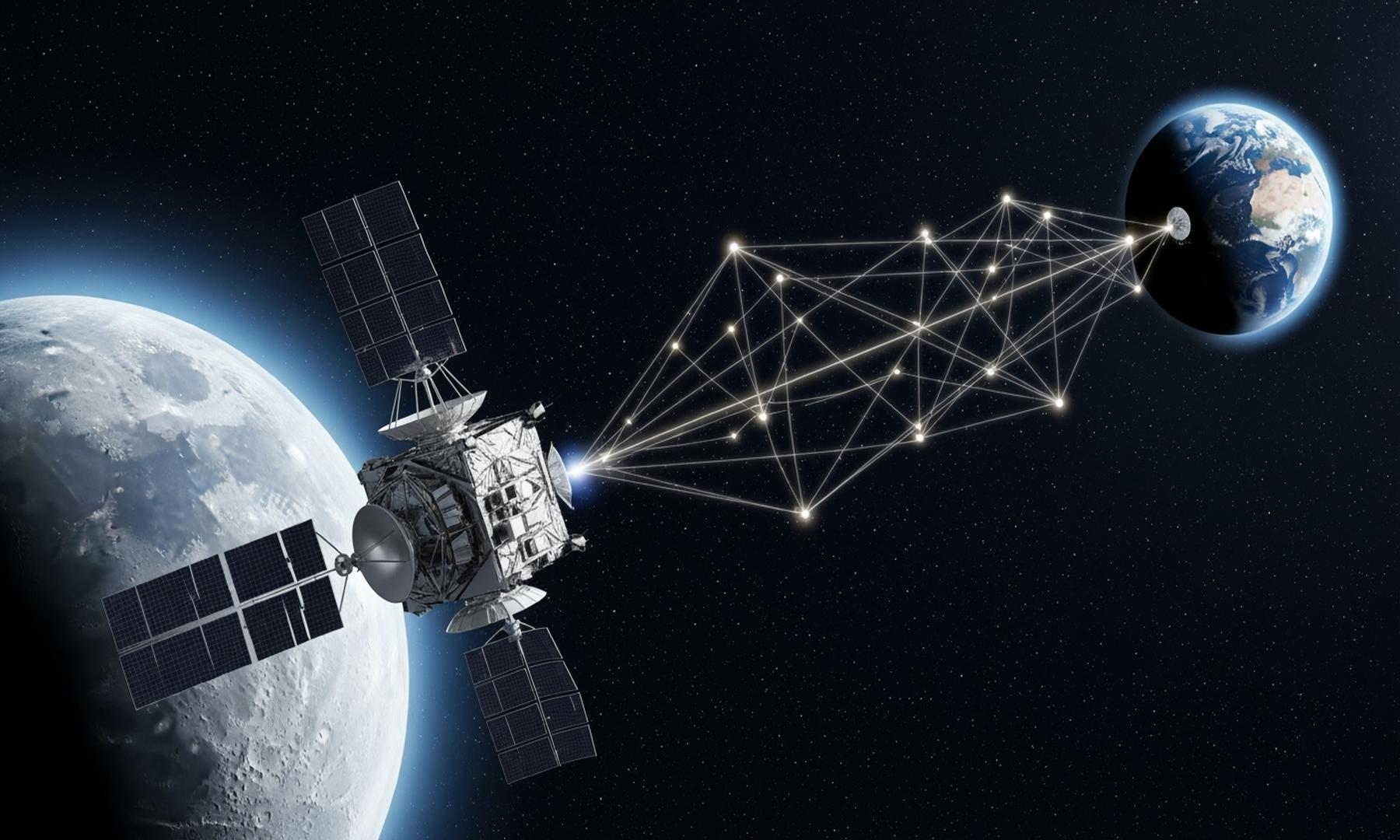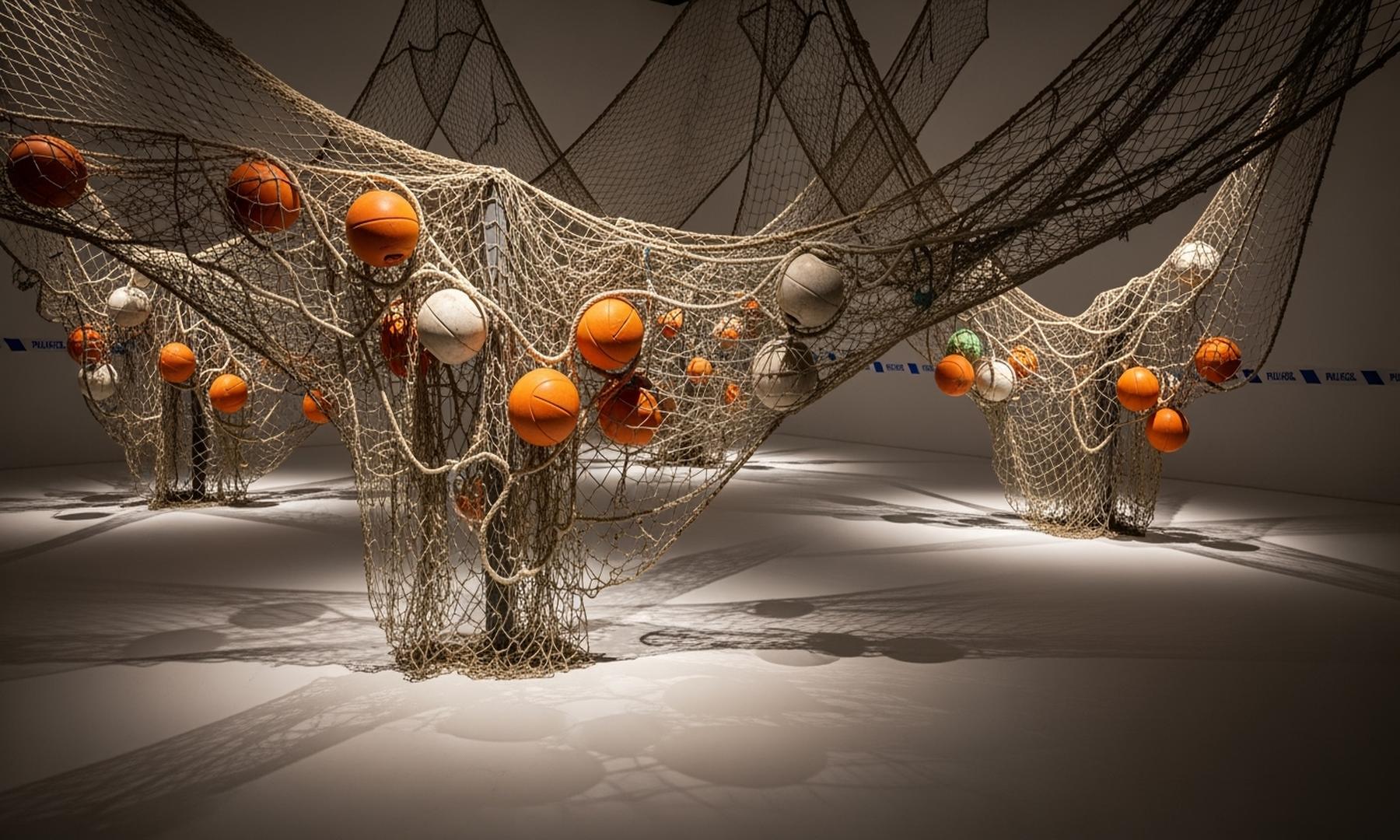What's Happening?
Recent research has explored the mechanisms by which transmembrane helices attract cholesterol, revealing significant insights into the evolutionary conservation of these processes. The study utilized artificial evolution simulations within a model membrane composed
of 30% cholesterol and 70% POPC, focusing on a peptide sequence that traverses the membrane. The simulations aimed to enhance the local density of cholesterol around the peptide by optimizing the non-bonded interaction energy between the peptide and cholesterol. The findings highlighted the role of hydrophobic mismatch and the positioning of charged residues in maximizing cholesterol attraction. The study also examined the influence of hydrophobic amino acid composition on cholesterol affinity, noting that smaller hydrophobic amino acids tend to minimize cholesterol repulsion.
Why It's Important?
Understanding the mechanisms of cholesterol attraction in transmembrane helices is crucial for advancing knowledge in cellular biology and membrane protein function. Cholesterol plays a vital role in maintaining membrane structure and function, and its interaction with transmembrane proteins can influence various biological processes. The insights gained from this research could have implications for drug design, particularly in targeting membrane proteins involved in cholesterol-related pathways. Additionally, the study challenges existing assumptions about CRAC/CARC motifs, suggesting that these motifs may not be as predictive of cholesterol binding as previously thought, which could lead to a reevaluation of their role in membrane biology.
What's Next?
Future research may focus on further exploring the implications of these findings in more complex biological systems, including native cellular membranes. There is potential for investigating the application of these insights in therapeutic contexts, such as developing drugs that modulate cholesterol interactions with membrane proteins. Additionally, further studies could aim to elucidate the biological functions of CRAC/CARC motifs and their role in cholesterol binding, potentially leading to new strategies for manipulating membrane protein function.
Beyond the Headlines
The study's findings raise questions about the evolutionary constraints on cholesterol attraction mechanisms in nature, particularly regarding protein trafficking and sorting. The research suggests that while hydrophobic mismatch can enhance cholesterol attraction, its expression may be limited by evolutionary pressures. This could have implications for understanding the regulation of GPCRs and other membrane proteins, as well as the development of strategies to exploit these mechanisms for therapeutic purposes.















